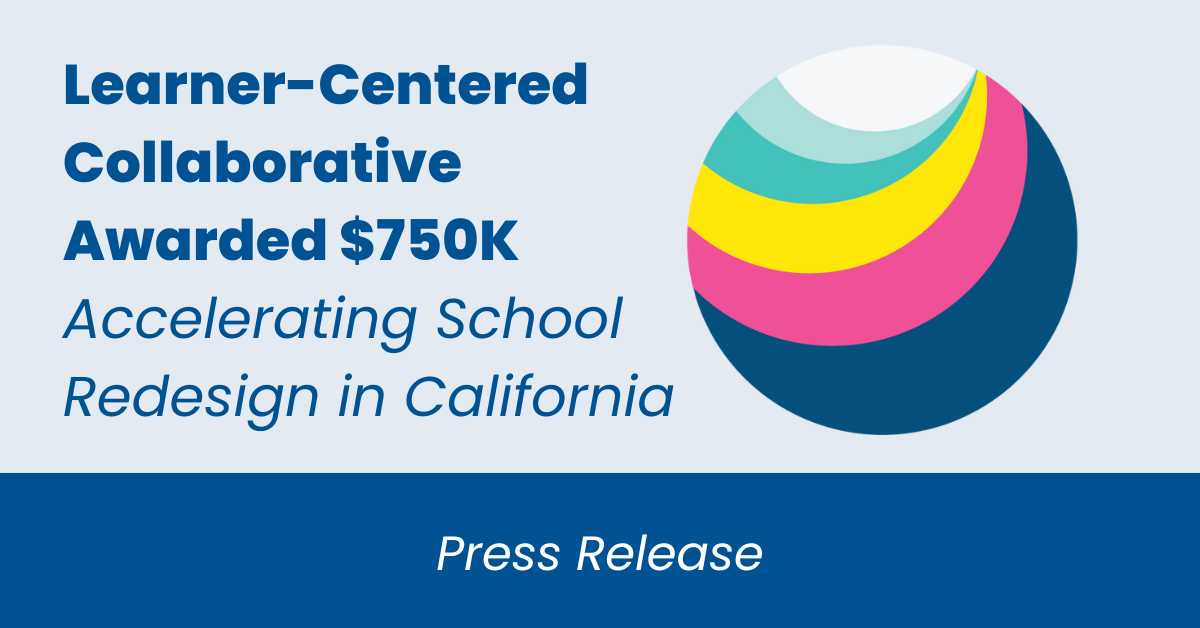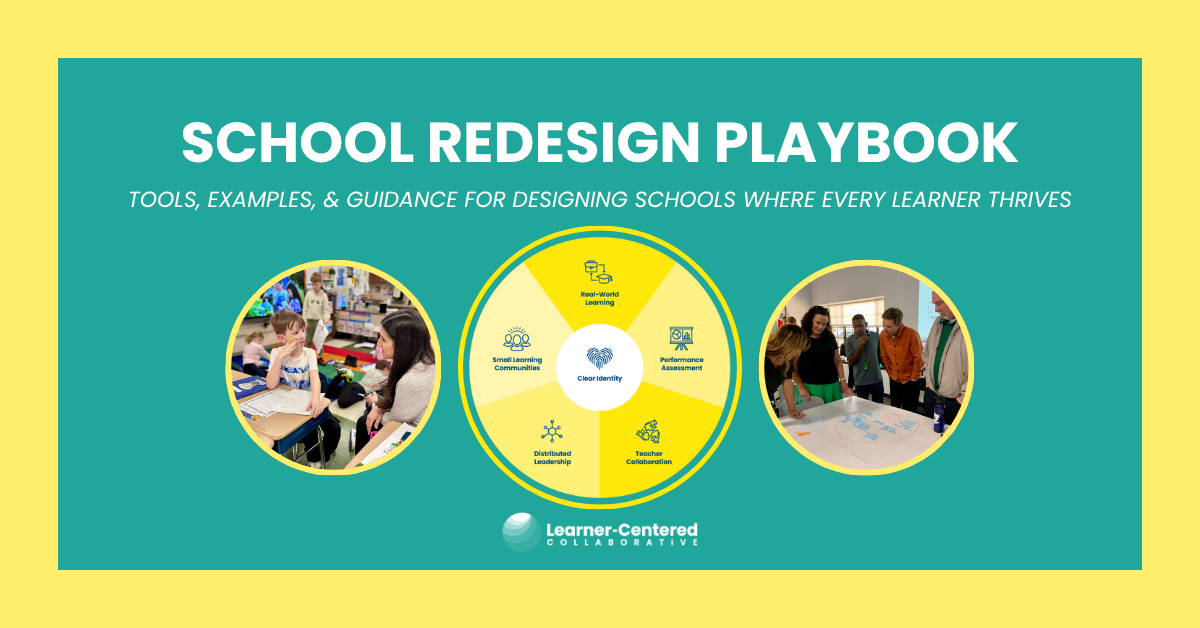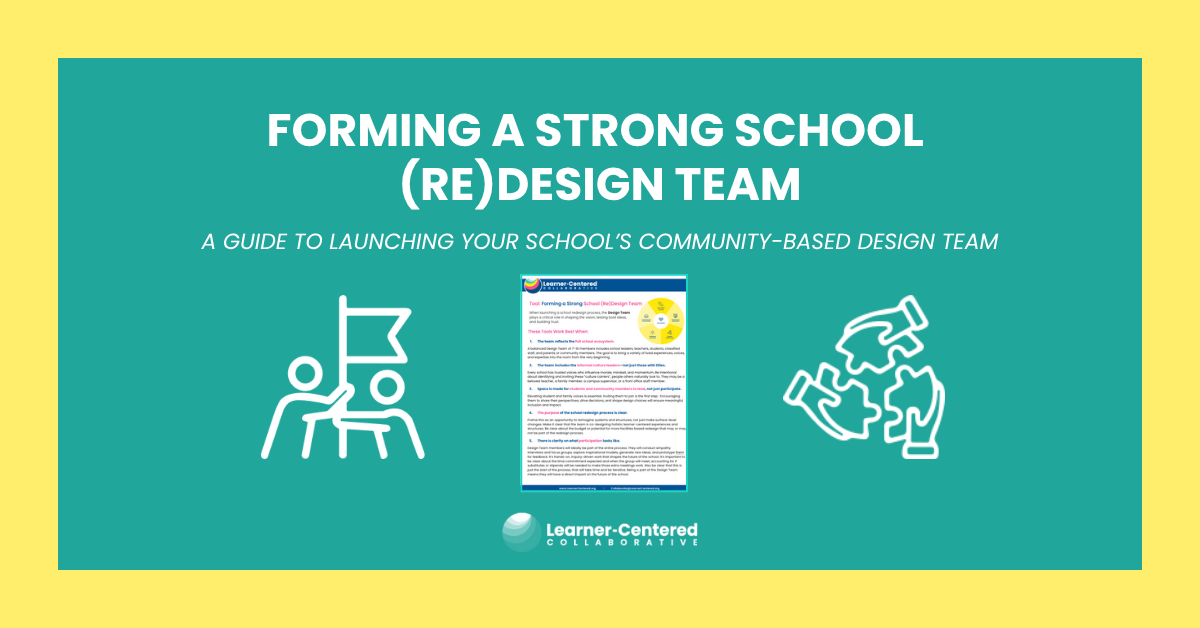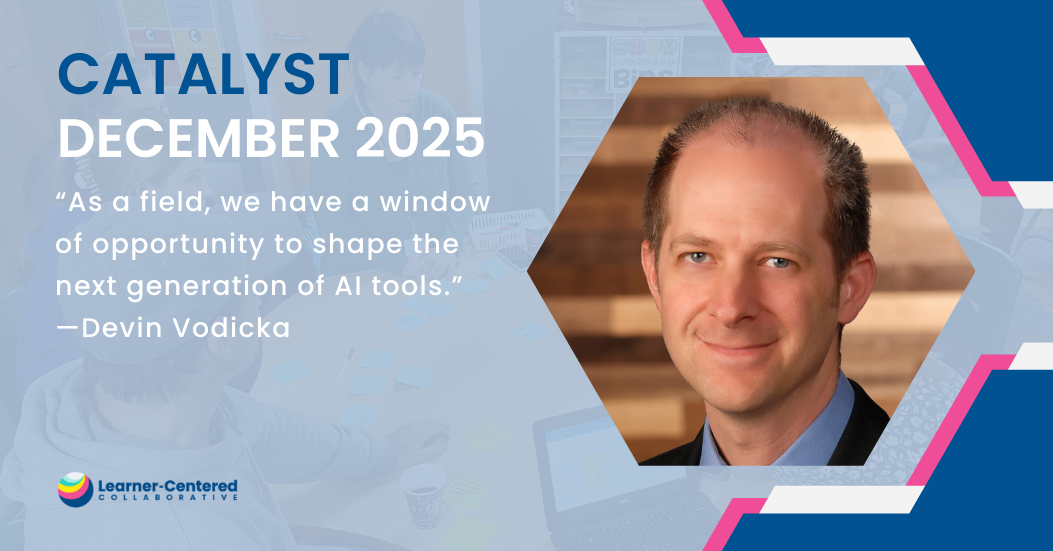Episode 39: Innovative Paths: Redefining School and Community Collaboration with Dr. Justin Terry
By loading this video, you agree to the privacy policy of Youtube.
Episode Summary:
Related Resources:
- Blog: Rethinking Time in Schools: From Rigid Blocks to Meaningful Learning
Are we using time to foster compliance or curiosity? Are we building systems that prioritize task completion, or are we creating space for students to thrive as independent, competent learners? The answers to these questions will shape the future of education and the opportunities we create for every student to succeed. - Course: Design Real-World Learning Experiences
Explore strategies such as project-based learning, design thinking, place-based learning, inquiry-based learning, passion projects and more to co-design real-world learning experiences with learners. - Tool: Authentic Learning Matrix
This tool is designed to support teams in developing plans for advancing learners through an Authentic Learning continuum, from connection (transactional engagements with the community) to empowerment (authenticity is embedded in learning).





